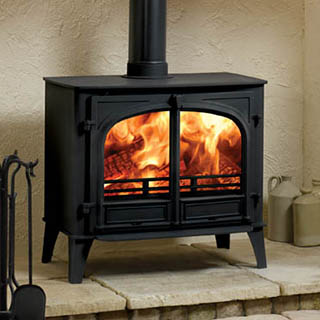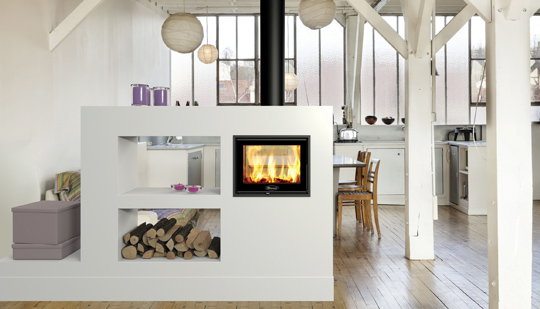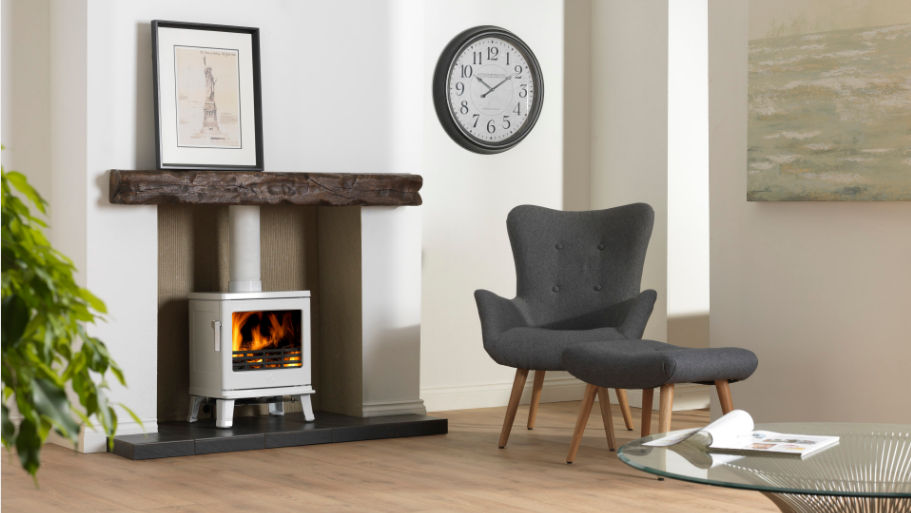Wood burning has been around for thousands of years as it was the only form of heat source that was available to keep warm and cook food. No electricity for them unfortunately. This blog will be dedicated to the history of wood burning and the invention of the wood burning stove.
When did it start?
In the 16th Century, fire burning changed from a standard fire place to venting it through a chimney (which is where the chimney sweepers came in to play). But before that, the earliest fireplace that is known and recorded was back in 3600 BC in Malta.

Benjamin Franklin
In 1744, Benjamin Franklin was the first to produce his own wood burning stove. Obviously when you invent something, it’s usually the case you name it after yourself in which Franklin did. The first wood burning stove was the ‘Franklin Stove’. It successfully heated up more efficiently than the usual fireplace and less smoke was produced and little fuel, making his invention a success.
He also invented the flue which was placed on the floor of the stove next to the chimney.
Count Rumford (Benjamin Thompson)
In 1796, Count Rumford constructed a fireplace known as the ‘Rumford fireplace’. It was developed from Franklin’s original invention, only with further developments to make it his own. One of his main developments was that the neck of the chimney was to be tighter so that the smoke could travel up faster.
20th Century Developments
In the 20th Century, everything started to change as wood burning stoves became available to cook with. They were often constructed from cheaper materials, but it had the ability to allow them to be portable. They have flat metal surfaces placed on the top so that pots and pans could be put on the top, and it also had a small draw which acted as an oven.

Late 20th Century Developments
Problems arose when the oil supply became an issue, which is what turned people to using wood burning stoves as there was simply no issue at all with the supply of wood. The design posed as a fire hazard which put some people off which is why is has been redeveloped so many times to make sure that it was considered safe for use.
Present day
Since the problems have been addressed, wood burning stoves have been developed and deemed safe to use which is why they are still around today. As they are said to be environmentally friendly, the stove itself needs to pass set guidelines and regulations to make sure that not only is it safe to use but that it causes no pollution threat.

